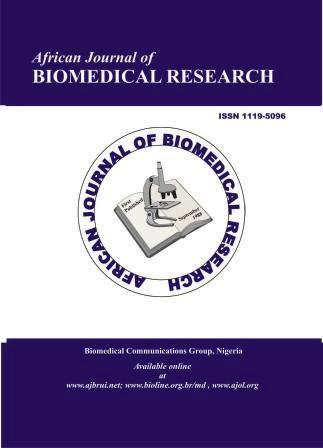Presence of GFSKLYFamide-like Neuropeptide in the Tentacles, Body Wall and Tube Foot of Holothuria scabra: Immunohistochemical Evidence
DOI:
https://doi.org/10.4314/Keywords:
GFSKLYFamide, immunohistochemistry, Holothuria scabra, tube foot, tentacles, body wallAbstract
The neuropeptide GFSKLYFamide is a heptapeptide first isolated from the sea cucumber, Holothuria glaberimma. The holothurian
body wall, tentacles and tube foot are important organs for locomotion, feeding and maintenance of homeostasis. This study was
aimed at determining the localization of GFSKLYFamide in the tentacles, body wall and tube foot of Holothuria scabra. Ten male
H. scabra weighing between 62g and 175g were used for this study. Using GFSKLYFamide polyclonal antibody and Alexa 488-
conjugated goat anti-rabbit IgG as primary and secondary antibodies, respectively, indirect immunofluorescence method with
confocal microscope imaging were used to localise GFSKLYFamide immunoreactivity in the tentacles, body wall and tube foot of
H. scabra. The results indicate the presence of GFSKLYFamide-like neuropeptide in the epithelial layers of the tentacles, body wall
and tube foot. GFSKLYFamide-like immunoreactivity was also detected within the connective tissue layer of the tentacles and tube
foot.










